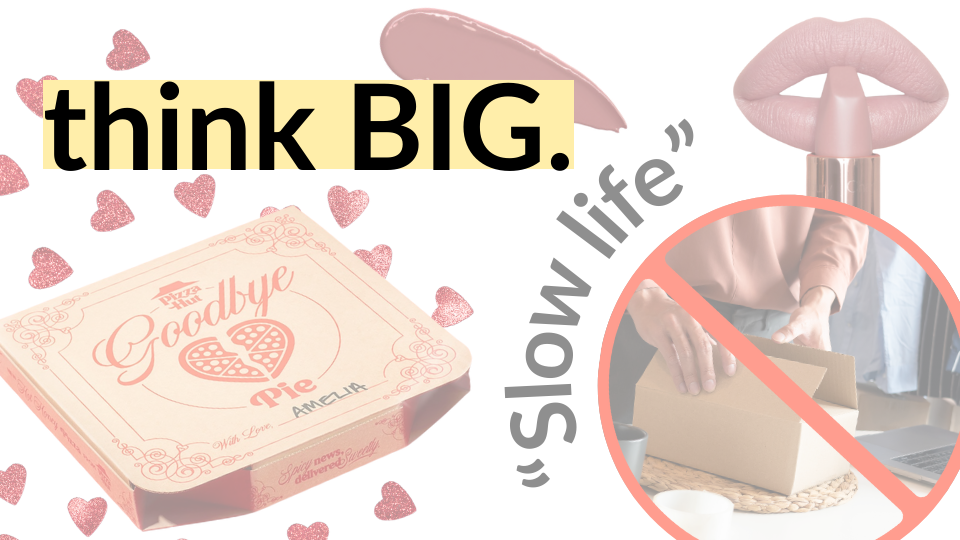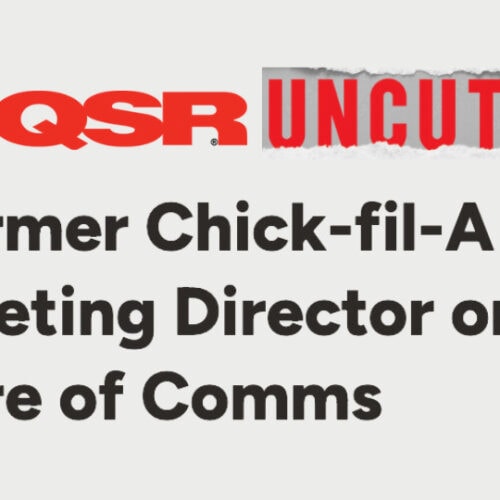Bold Brand Ideas: Valentine’s Day stunts we love
Media love to write holiday-specific features and roundups. This Valentine’s Day, we’re crushing on these headline-drawing brand activations:
Pizza Hut’s Goodbye Pies
Pizza Hut helps ease the awkwardness of breakups with Goodbye Pie, featuring their latest LTO, Hot Honey Pizza. In honor of Valentine’s Day, customers can send a free pie to their (future) ex. This service is only available in NYC, Miami and Chicago with a limited supply each day. For those not in the major hubs, the pizza chain is offering to write a breakup text with a gift card for a Hot Honey pizza.
“There’s a misconception that breakups don’t happen around Valentine’s Day, but research shows it’s actually a holiday centered around the most heartbreak with 45% of people agreeing it’s better to do the deed right before the holiday itself,” Pizza Hut said in a press release.
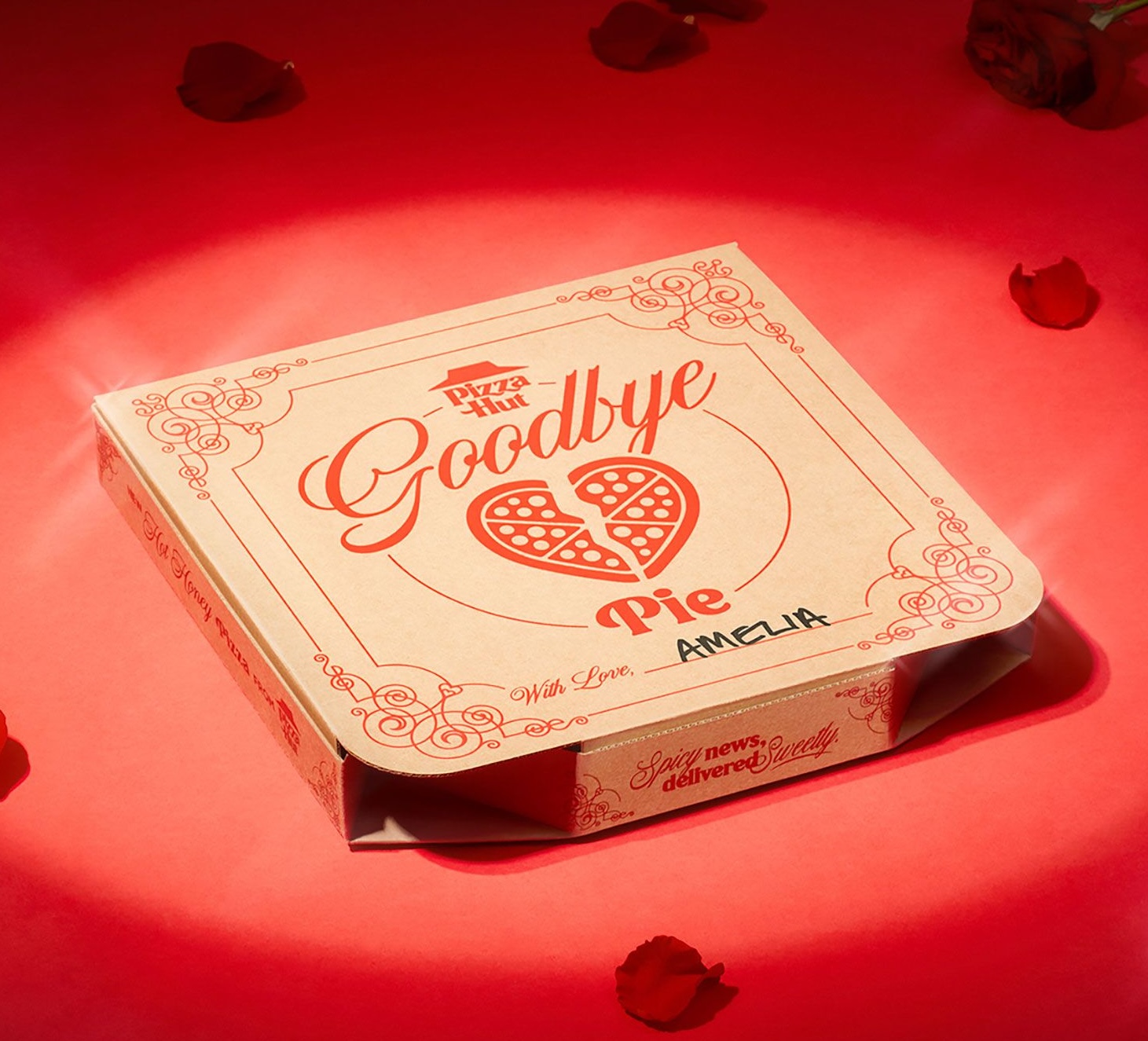
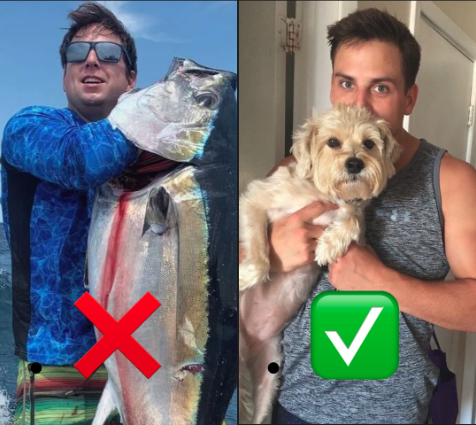
Rover Helping Struggling Singles
Rover is offering free dog walking services for those out on dates. The catch? They have to change any fish picture on their dating profile to one with their dog. In a recent survey, Rover found that “83% of online daters agree profiles featuring dogs most likely receive more matches.” The survey also found that 42% of online daters admit getting the “ick” after seeing a fish pic.
Popeye’s Serving with Love
Popeyes is offering heart-shaped biscuits during the first three weeks of February. The holiday item adds strawberry bits and creamy icing to the chain’s beloved buttery biscuits. For each biscuit purchased, $1 is donated to Popeye’s Serving with Love initiative, which provides food to those in need.
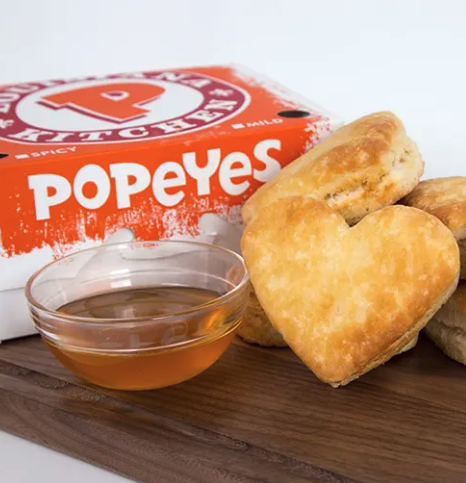

White Castle’s “Love Castle”
White Castle is bringing back its annual tradition, the Love Castle. Couples can make reservations for a romantic (?) Valentine’s Day dinner at over 300 White Castles – complete with mood lighting, table service and V-Day decor. This tradition has been around since 1991 and features a limited-edition meal of 10 Cheesy Sliders, 20 Chicken Rings, and an entire sack of fries.
National media “heart” these elements of a brand activation:
- Limited-time offers that prompt a “gotta try it now” mentality
- Unexpected, humorous or slightly irreverent hooks
- Mass appeal + accessibility – readers nationwide can participate
- Data – even if statistically insignificant or cheeky
What Valentine’s Day promos are you loving?
Industry Insights: Should we leave PR boxes behind?
To box, or not to box, that is the question. Gifting PR boxes has been a beloved tactic by many marketers. So much so that:
- 28% of marketers spend between $10K and $50K annually on product gifting campaigns
- 25% of marketers spend between $50K and $200K annually
- 1 in 5 marketers spend more than $200K annually
Despite this adoption, over 60% of those marketers reported that only half of the gifted influencers posted about the product. Or if influencers are showing off PR boxes, they often open in bulk… among 30 other brands… (Sorry to call you out, Darcy.)
PR boxes are now being put on blast by consumers and influencers alike, tying to recent de-influencing discussions. Lifestyle influencer Jenna Palek most recently called out Charlotte Tilbury’s PR box stunt.
With this heightened scrutiny, uncertain ROI and tight budgets, it’s time to simplify and scale back gifting strategies. Don’t misconstrue: PR boxes have their time and place. Gifting products (in tandem with monetary compensation) is necessary in CPG influencer campaigns.
PR boxes work best when they’re tailored and sent to a select group of influencers. Influencers receive an influx of (often unsolicited) swag, so a custom approach is necessary for fostering relationships and securing meaningful coverage. That said, brands don’t need to assemble exuberant boxes. Influencers, media and consumers are growing tired of excessive mailers due to sustainability + wasteful product concerns.
The takeaway? Sending very specific products based on the influencers’ interest with a sweet note can go a long way.
Remember: the purpose of a PR box is to get the product in the influencers’ hands. Creative briefs and collaborative calls are more important for ensuring engaging content. Content with ROI is rooted in creative storytelling, edutainment and authentic product integration – not product-centric posts or flashy packaging.
Goals: How to avoid short-termism + prove the value of brand building
A few months ago, we praised Solo Stove’s creative partnership with Snoop Dogg. Since then, the CEO was forced to resign after the stunt failed to drive expected sales.
The resignation made as many headlines as the original news. It left marketers debating how something so viral could be such a flop. IMO: it comes down to short-termism and a misunderstanding of brand building’s long-term value.
Short-termism in marketing is an overemphasis on lower-funnel tactics. It assumes that long-term success can start with demand-gen campaigns, ignoring the necessary function of brand awareness tactics.
Short-termism campaigns are often seen as successful because their tactics tie to immediate sales – a metric that is easy for non-marketers, like CFOs, to understand. But they often ignore critical metrics like competitive share of voice, market penetration and affinity – results of longer-term, brand building campaigns.
With today’s economic uncertainty, CMOs are tasked by boards to show (immediate) results directly tied to revenue. Has Solo Stove attracted new customers, and will they see a YOY sales lift from the Snoop campaign? Maybe. Unfortunately, their former CEO was not given the time to find out.
Activations like Solo Stove’s Snoop Dogg partnership can be incredible tools for generating buzz and growing awareness. That said, they must be tied to a larger brand strategy, supported by ongoing PR + meaningful, monthly metrics. For example, instead of reporting on impressions to indicate success, report on brand penetration, quarter to quarter. Penetration indicates a company’s market share and competitive standing. It’s a clear indicator of growth and opportunity.
Metrics like penetration must also be understood and valued by C-suite to avoid fateful budget cuts. CMOs and CEOs must act as partners, which requires ongoing alignment on business strategies and success benchmarks.
We’d love to know – how are you bridging the gap between CMO strategies and CEO expectations?
DEI Download: Understanding context + giving credit for social media trends
More brands are leaning into social media trends to stay relevant and connect with their audiences. But before jumping into the next TikTok dance, consider slowing down to understand the context, and give appropriate credit + compensation.
Tia C.M. Tyree, a communications professor at Howard University, discussed cultural appropriation of trends with NBC News: “Cultural appropriation is on full display on TikTok and other social media. Black people have always been cultural trendsetters in the United States. While sharing and engaging is a central part of social media, one’s art can be shared, manipulated and lost in the viralness of the culture. This can all happen in minutes, and the original Black creators can be left without credit.”
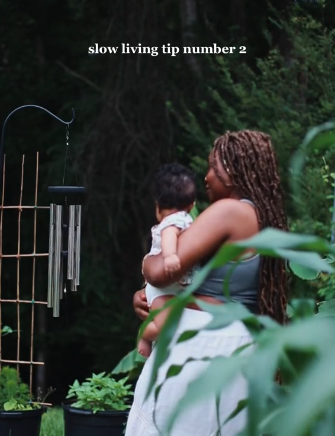
For example, the now viral “Soft Life’ trend originated in the Nigerian influencer community before it became mainstream. Over time, the trend has evolved, and it’s now being capitalized on and commercialized by brands for profit.
Other trends, such as the ‘Clean Girl’ Look and baby hairs, Brown Lips and Liner, Hooped Earrings and Nameplate Necklaces, have gained popularity among celebrities, influencers and consumers alike. While these trends might be light-hearted, they’re clear examples of cultural appropriation of Black and Latino communities for which they are deeply rooted.
When weighing a trend and/or concept, be sure to appropriately give credit where credit is due. We must be aware of our power as marketers and our responsibility to promote diversity.
Fill out the form below to be notified when our next blog publishes.

